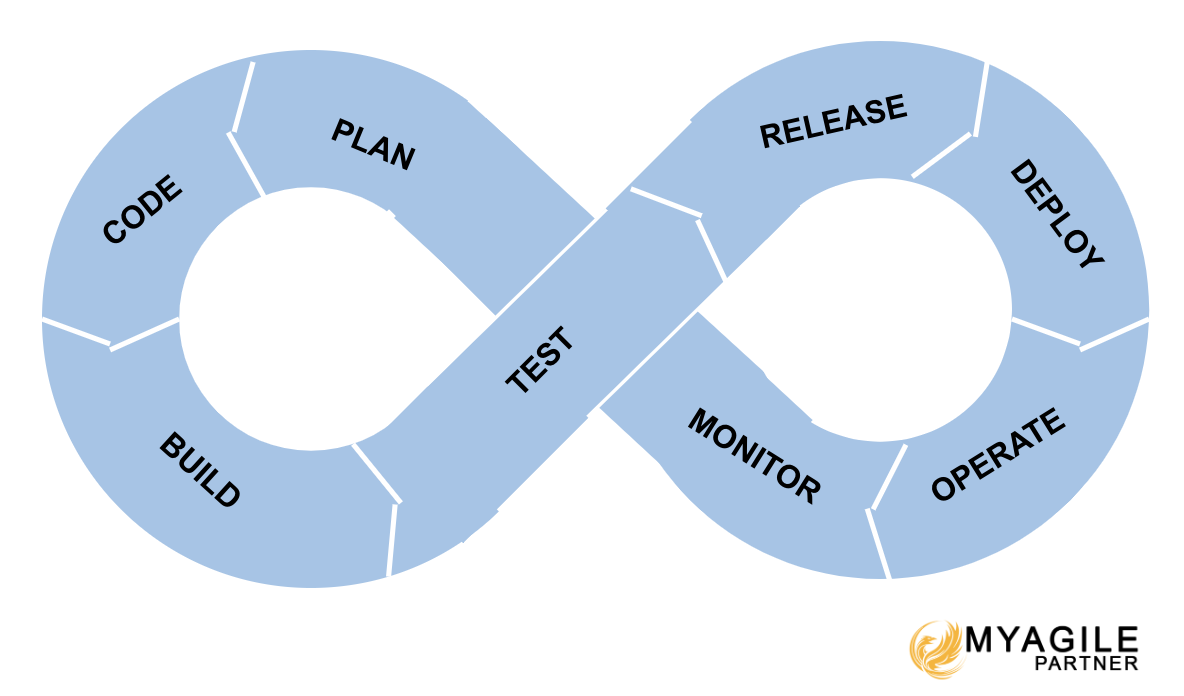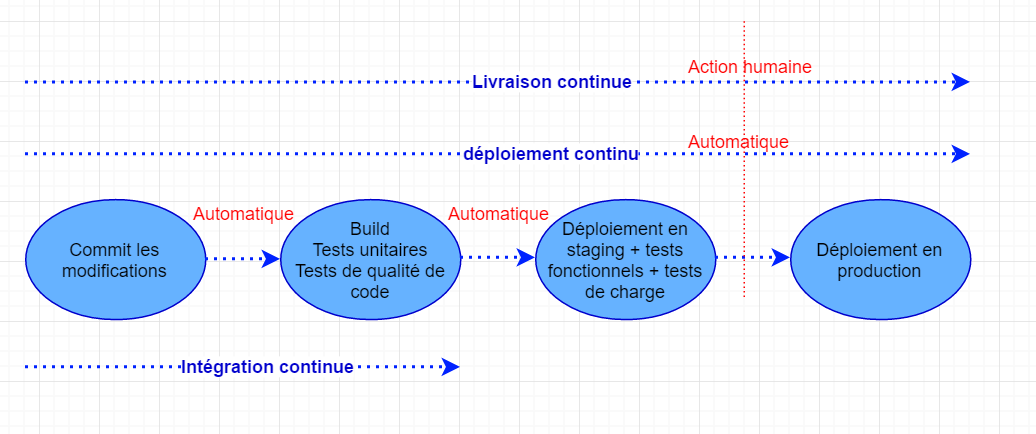
Continuous delivery is a critical aspect of modern software development that enables teams to release high-quality software more frequently and efficiently. This practice involves the automation of various stages of the software delivery process, ensuring that code changes are always in a deployable state. Continuous delivery is often confused with continuous deployment, but there are distinct differences between the two concepts.
Continuous Delivery
Continuous delivery is an agile software development approach that focuses on keeping the software in a releasable state at all times. Here are some key aspects of continuous delivery:
- Objective
The primary objective of continuous delivery is to have a development environment where any code changes can be readily deployed to production, although they are not deployed automatically.
- Human Intervention
Continuous delivery requires human intervention to decide when to deploy updates. Development teams have the flexibility to choose when to initiate a release, typically after thorough testing.
- Testing Environments
Automation is central to continuous delivery. Code changes are automatically deployed to testing environments (e.g., staging or pre-production) to ensure they are production-ready. However, they are not automatically deployed to the live environment.
- Quality Control
Quality is paramount in continuous delivery. Rigorous testing is conducted before considering a release. If tests fail, the update is not promoted to production.

Difference with Continuous Deployment:
Continuous deployment is often mistaken for continuous delivery, but the difference is crucial:
- Objective: Continuous deployment’s primary goal is to automate the entire process of deploying code changes to production, without the need for human intervention. Code changes are deployed to the live environment as soon as they pass testing.
- Full Automation: Continuous deployment involves complete automation. Once a code change is verified and approved, it’s automatically released to the production environment. There is no manual intervention in deciding when to deploy.
- Instant Production Deployment: As soon as code changes meet the quality standards, they are deployed to the live environment, making new features instantly available to users.
- Speed and Frequency: Continuous deployment aims to speed up the release process and frequently deliver new features or bug fixes. Changes can be deployed several times a day or even more frequently.

In summary, continuous delivery ensures that code changes are always in a deployable state and ready for production but leaves the decision to deploy in the hands of development teams. Continuous deployment, on the other hand, automates the entire process and instantly deploys code changes to production as soon as they pass tests. The choice between these approaches depends on an organization’s specific needs, risk tolerance, and development culture.

Be the first to comment